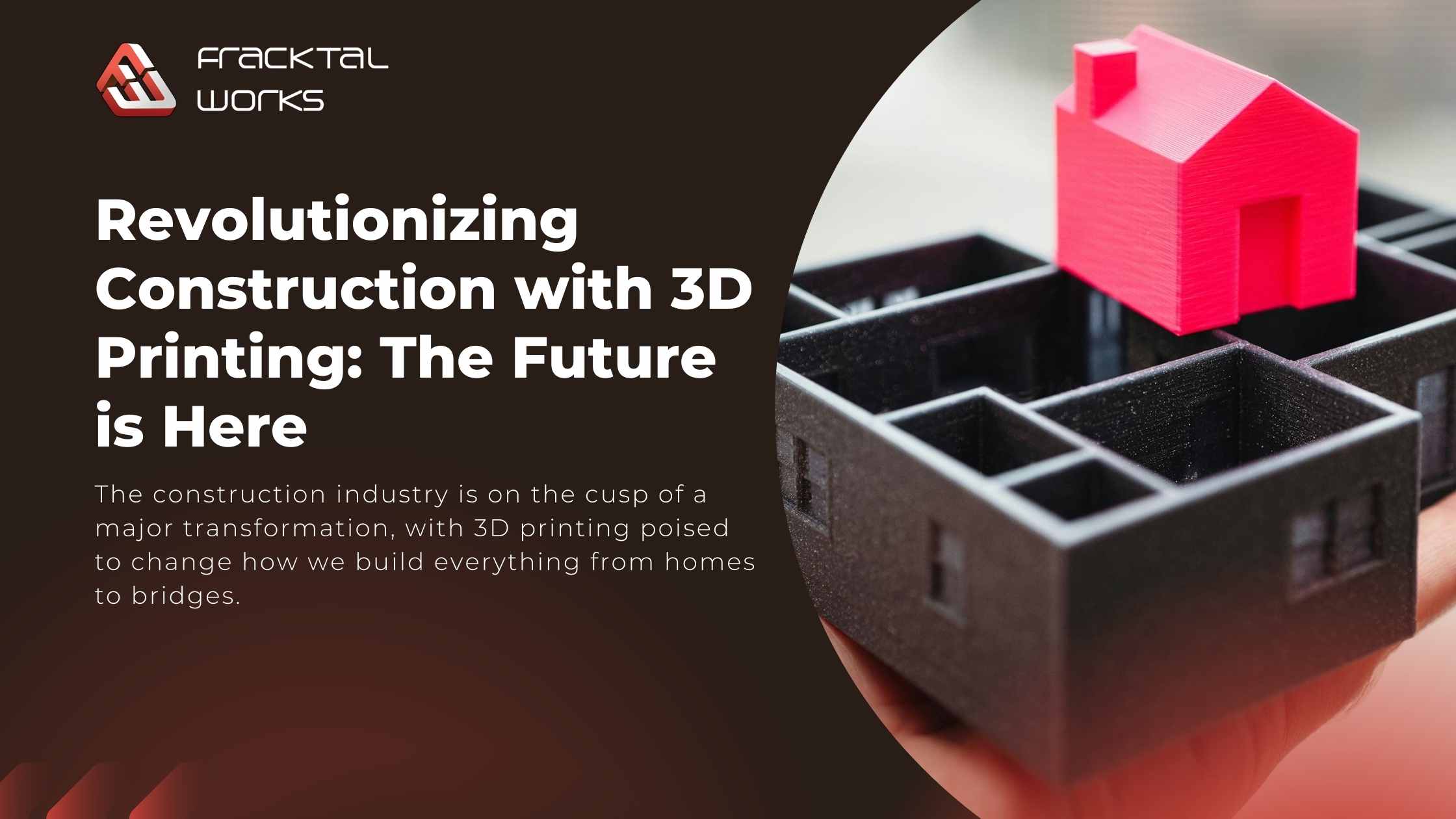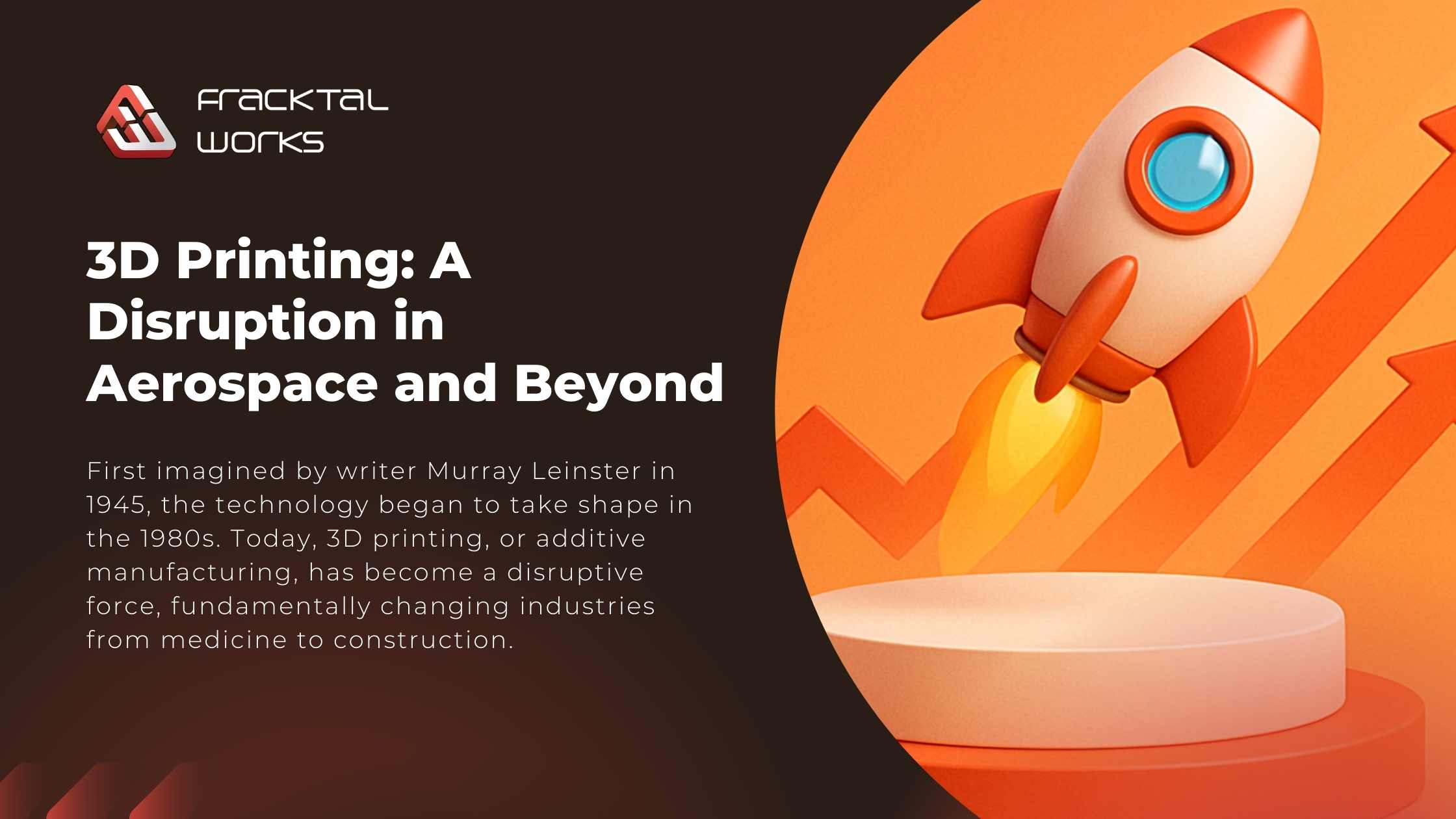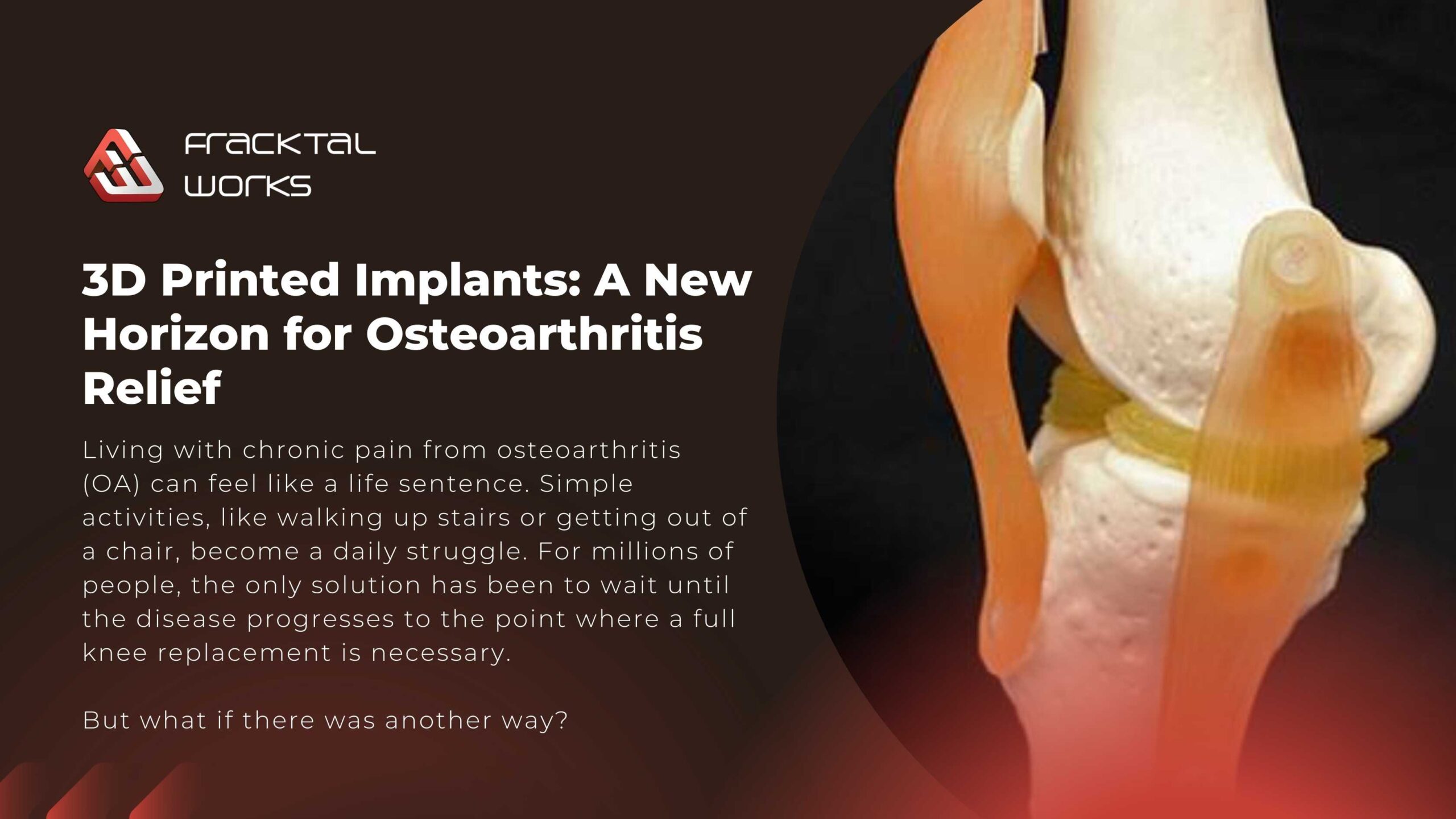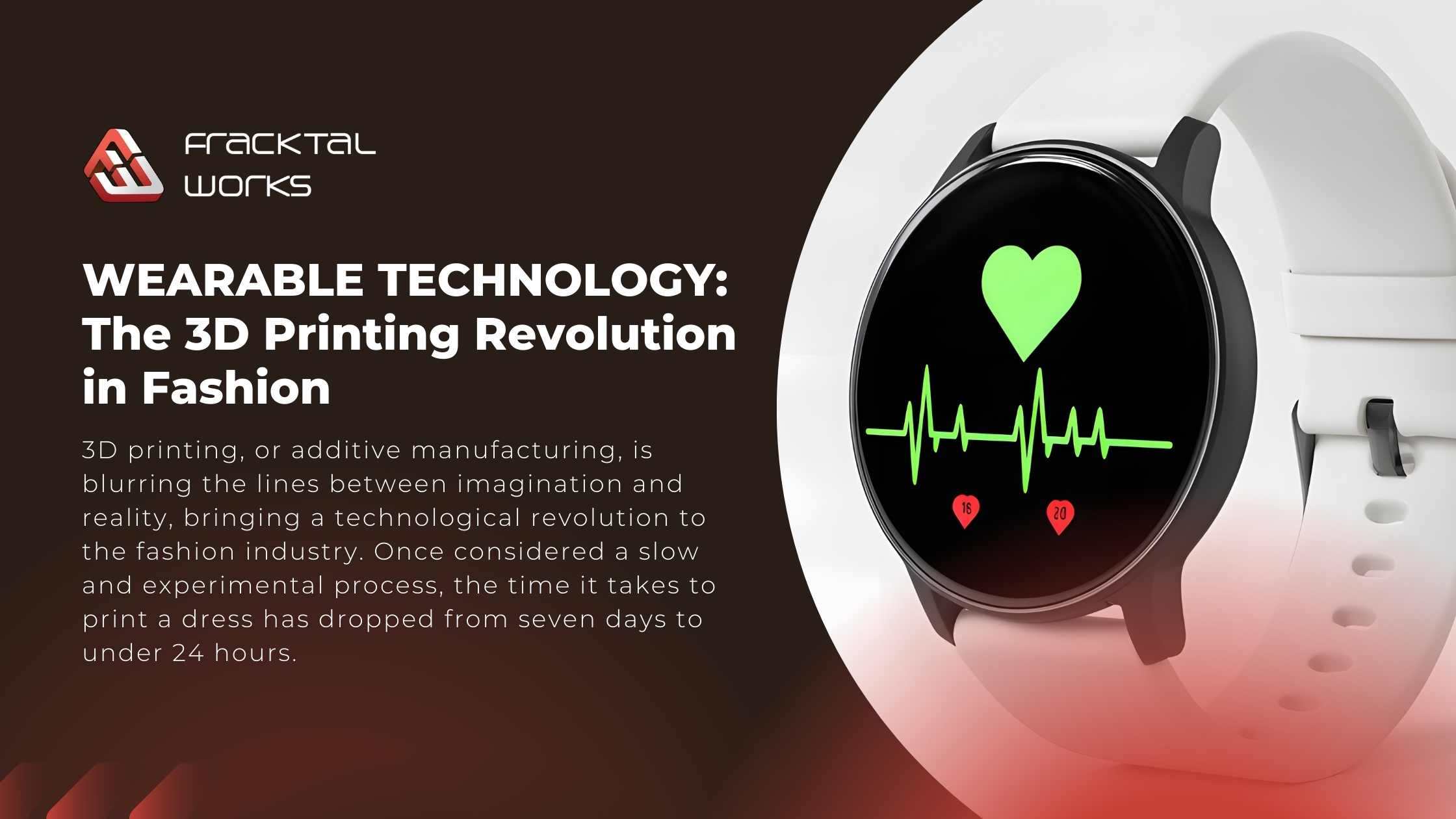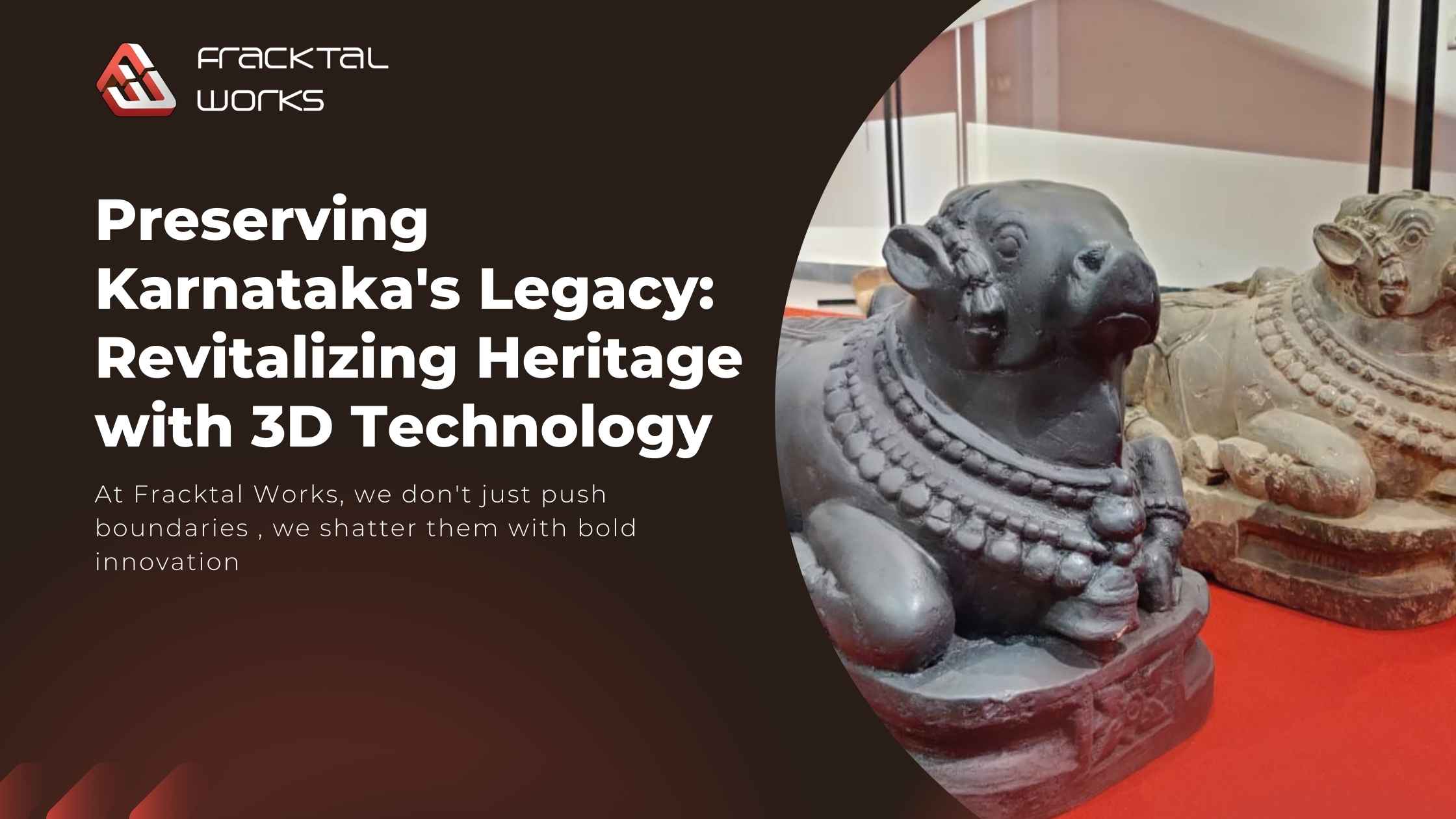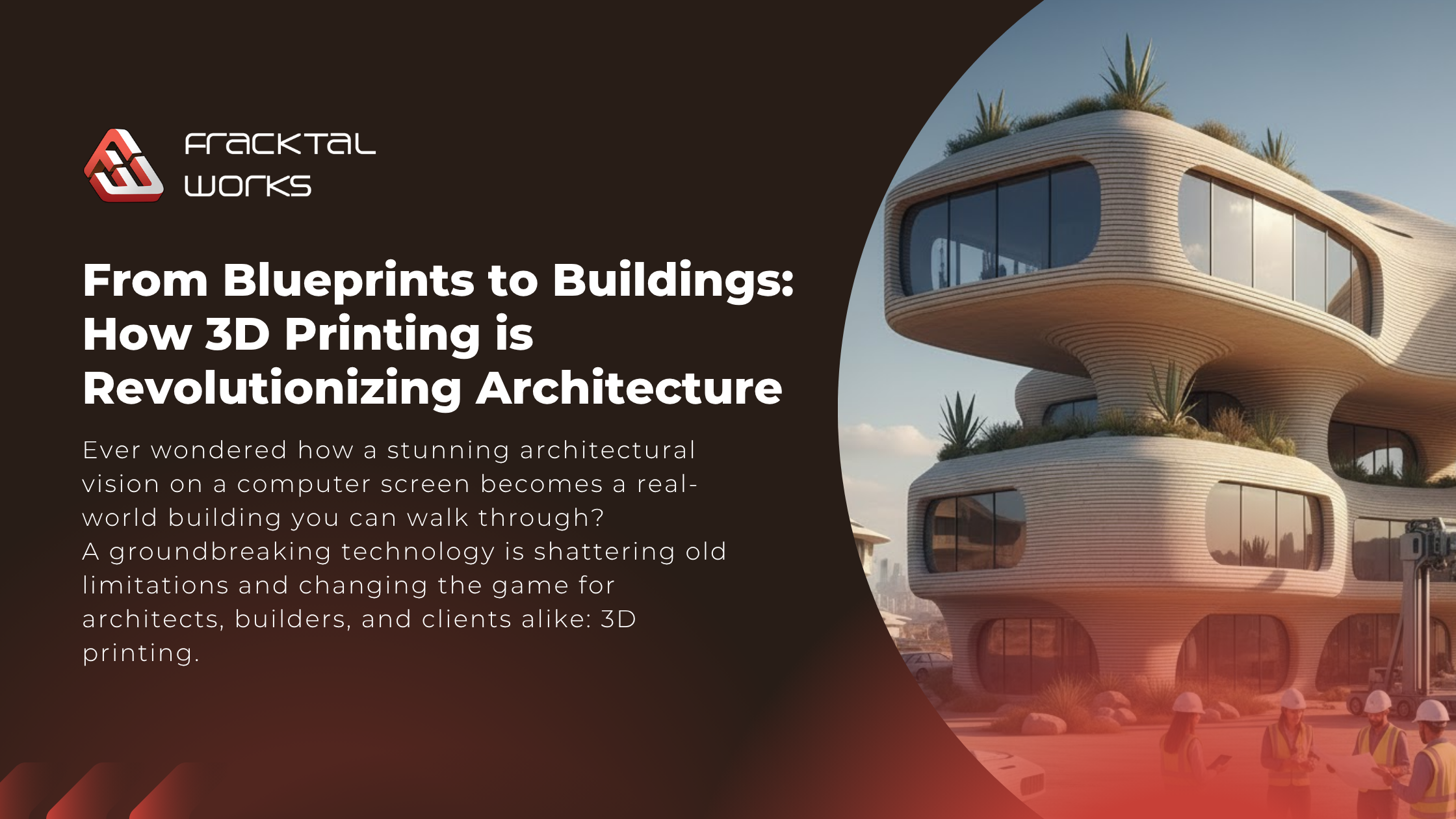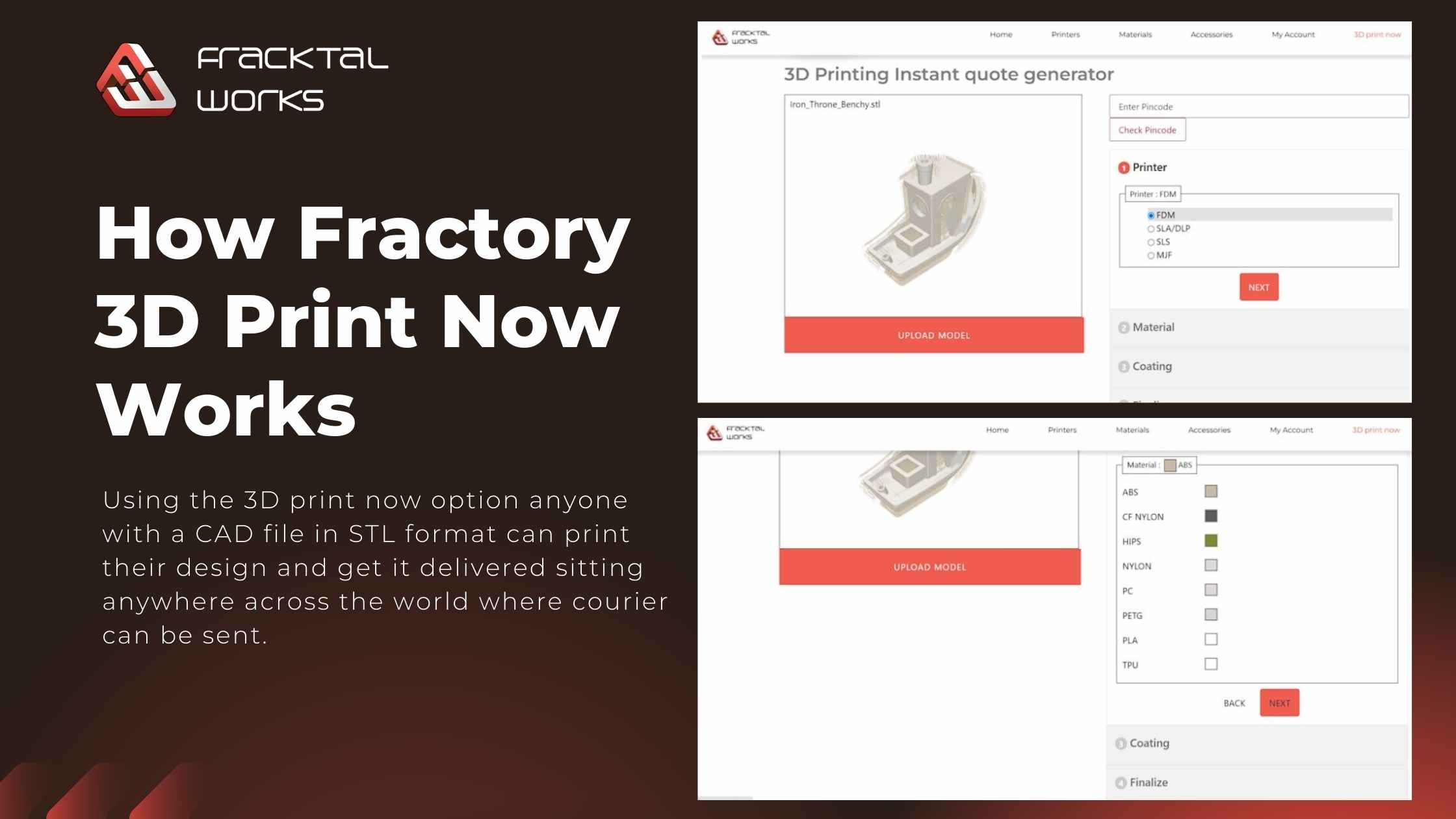The construction industry is on the cusp of a major transformation, with 3D printing poised to change how we build everything from homes to bridges. Initially used for creating small prototypes, this technology is now capable of constructing entire, full-scale buildings with unprecedented speed and efficiency.
The Game-Changing Benefits of 3D-Printed Construction
3D printing is not just a new tool; it’s a new paradigm for the construction industry, offering numerous advantages over traditional methods.
- Speed and Efficiency: Imagine building your dream home in a matter of days. Companies like Apis Cor have already demonstrated this, printing a 400-square-foot house in just 24 hours using a technique called “contour crafting.” This incredible speed is achieved by automating the labor-intensive process of laying material, drastically reducing construction timelines and costs.
- Cost-Effectiveness: By reducing manual labor and construction time, 3D printing can significantly lower the overall cost of a project. The process also generates almost zero waste, as it uses only the exact amount of material required. This efficiency saves money on both materials and waste disposal.
- Design Freedom: 3D printing liberates architects and designers from the constraints of conventional construction. It allows for the creation of complex geometries, sophisticated designs, and lightweight, hollow structures that would be nearly impossible to achieve with traditional building methods.
- Reduced Human Error: Since the process is automated and guided by a digital file, the risk of human error is eliminated, leading to a higher degree of accuracy and precision. The only labor required is for handling and monitoring the printer.
- Sustainability: This technology has the potential to create a greener environment. In addition to reducing waste, it can be used with sustainable and biodegradable materials. Projects by companies like WASP and Emerging Objects demonstrate this by using raw earth, rice waste, and recycled materials to create a visually appealing and eco-friendly structures.
Real-World Examples of 3D-Printed Structures
3D printing is no longer a concept confined to the lab; it is being implemented in groundbreaking projects worldwide.
- Residential Homes: The first-ever 3D-printed residential building was constructed in Yaroslavl, Russia, by the company SPECAVIA. While it took two years to build at the time, it now has a residing family, proving the long-term viability of the technology.
- Solving Homelessness: Non-profit organization New Story has successfully used 3D printing to build 100 homes for vulnerable families in just eight months. This demonstrates how the technology can be a powerful tool for addressing global housing crises.
- Landmark Buildings: Dubai, a city known for its architectural marvels, has embraced the technology by constructing the world’s first 3D-printed office and the largest 3D-printed administrative building. These projects, built with the help of companies like WinSun and Apis Cor, prove the scalability and durability of 3D-printed structures even in harsh climates.
- Unconventional Materials: Companies are also experimenting with materials beyond concrete. The Italian manufacturer WASP has created the TECLA habitat, a circular structure built with locally sourced, reusable, and recycled materials, including earth and rice waste.
The Future of Construction is Sustainable and Automated
While 3D printing’s environmental impact depends on the materials and energy used, its potential for a greener future is undeniable. By drastically cutting waste and making it feasible to use sustainable materials, it is a key component of sustainable architecture.
With the global market for 3D printing poised to reach billions of dollars, the technology will soon make homes faster, more affordable, and more sustainable to construct. As advancements in AI and robotics continue to merge with 3D printing, it may even one day allow us to build structures in extraterrestrial environments. The construction industry is on the brink of a boom, and 3D printing is at the heart of this transformation.

